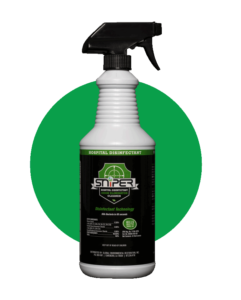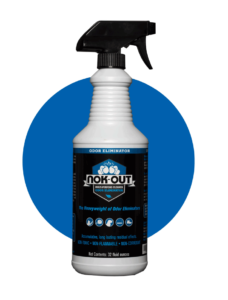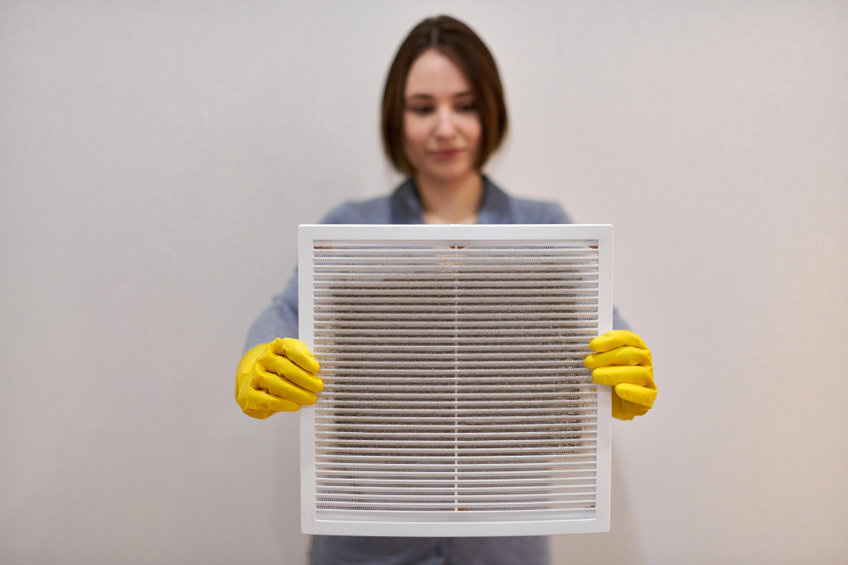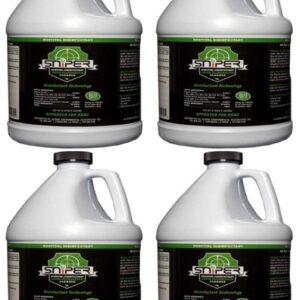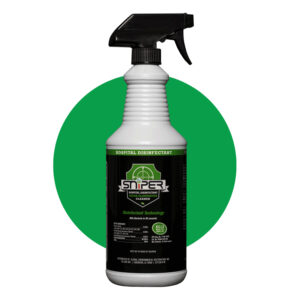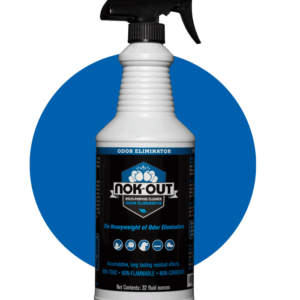SNiPER is the Professionals Choice
Moldy Odor Coming From Your HVAC Ducts?
The heat of summer has arrived and with the humidity comes stronger smells and odors. Some of those odors may be coming from mold. Whenever the HVAC unit is not running, dust and mold spores settle in the ducts and other internal spaces where it is not easy to get to for regular cleaning. Add the humidity that we experience in such abundance during the hot months to this mix and those areas can turn into a “chicken soup” for mold growth. Are you noticing odd odors coming from your vents when the HVAC unit cycles on? If so you may be having mold growth inside your ducts. SNiPER is the professionals choice to deal with this, because in addition to removing the odor, in addition to killing the mold, when you apply SNiPER, you won’t have to evacuate the home as you apply it. SNiPER really is the perfect choice whenever you are faced with mold in your HVAC unit.
How Can You Tell if There is Mold growing in your HVAC Unit?
Most likely, the first indicator that you may have a mold issue in your HVAC unit is the odor. You will be able to smell it. And if the infestation is growing more severe, you and your family members may be beginning to experience allergic-type reactions to the molds and spores. Often, this is most noticeable when the AC unit cycles to “on”. While the odor may spread throughout the house or building. It also may be confined to one or two rooms. Give the “nose” test to the vents in rooms that have a strong moldy odor.
Do you feel irritation in the eyes, throat or nose when the unit switches on? Headaches that go away when you leave the home or building? Do you feel any nausea, or fatigue that goes away when you leave home? These are all signs that mold growth may be occurring out of sight.
Why Would Mold Grow Inside the Ducts?
Without regular cleaning it is normal that there would be an accumulation of dust, dander dead skin cells and other stuff, inside the ductworks. (How often do you dust the furniture, shelves and so on, in your home?) Even with the HVAC unit cycling on and off, the ducts in your home get warm. Just think how hot it can be up in the attic. When the system cycles off, it gets warm in those ducts. When moisture is added to the system, then that is the “chicken soup” that molds can thrive on. It is their food source.
Can Mold Growth Be Prevented?
The short answer is maybe. Preventive maintenance can certainly go a long way to alleviate this issue and prevent it from ballooning into a BIG PROBLEM. Every year, check the drain pans and make sure that they are not clogged and that the condensed water that your AC unit produces can drain away easily and quickly without any blockage. If necessary, use a bottle brush or drinking straw cleaning brush to clean out the little tubes that allow the water to drain away.
Examine the vent areas carefully for mold growth. If you see growths on the outside of the vents, remove the grill and get a flashlight to inspect the inside more carefully. Wipe away any dust you find accumulating because that is a food source for mold.
Change the AC filter regularly, especially during the hottest months. If humidity levels are high and this is a recurring and ongoing issue, get a de-humidifier and place it in the most humid room. There is a device called a hygrometer that measures indoor humidity. They are cheap and are useful for monitoring indoor humidity levels.
What Do I Need To Do If I Find Mold in My HVAC?
First off, DON’T PANIC! Investigate. Gear up with mask, good gloves, overalls and a goggles. These things protect you from the mold. The great thing about SNiPER is you don’t require protection from the cleaning product itself! You will also need a scrubbing brush or pad. A good power sprayer/fogger is useful.
Next, turn off the HVAC unit. Get to the moldy area and spray with SNiPER. Scrub gently but thoroughly with a brush or scrub pad. Use a rag to wipe away any crud that you can scrub loose. Spray one more time and walk away. If you can, check the coils and if necessary, scrub/spray that are carefully too.
If you are using a fogger/sprayer, remove the grills from the vents. Set the droplet size to medium small and point the spray into the duct work for between 2 and 3 minutes to obtain maximum penetration deep into the ducts.
Wait for a few days and re-inspect the areas. You may want to re-inspect monthly during the humid season to make sure that the mold isn’t coming back.
Why Use SNiPER Against Mold In My HVAC Unit?
1) The EPA evaluates disinfectants for toxicity in four areas – to skin, to eyes, if inhaled and if ingested (eaten). SNiPER receives the lowest toxicity rating that the EPA gives out, in ALL FOUR CATEGORIES! So it can be used inside your home without worry.
2) SNiPER is non-corrosive and doesn’t cause harm to most things. This means it can be sprayed directly on the coils, the vents and the the ducts. And because SNiPER leaves no toxic residues behind, you don’t have to go back later to wipe away toxic and corrosive films that other disinfectants commonly leave behind.
3) SNiPER has no scent of it’s own, so it won’t leave you with some horrible cover-up masking odor. It may smell a bit like a swimming pool after you have first sprayed it, but that rapidly dissipates.
When should You call a Professional?
The EPA says you should contact a professional if the area of mold is greater than 10 square feet. If you are experiencing any severe allergy issues, you should take a sample of the mold to send away for testing. Remember that some molds – not all, but certainly some – are quite dangerous and if you are experiencing severe reactions, that is a good indication that additional testing needs to be done.
Additional Information
1) https://nokout.com/clean-and-get-rid-of-odor-in-your-hvac/
2) https://nokout.com/disinfectant-for-hvac-systems/ – Read the extended label here.
3) https://nokout.com/indoor-air-pollution-part-1/ – Sick Building Syndrome
Try Some Today!
Imagine having one cleaner and one deodorizer for all your cleaning needs that is safe, green, and powerful. Now you can!
Get ready to throw out all your toxic products.
